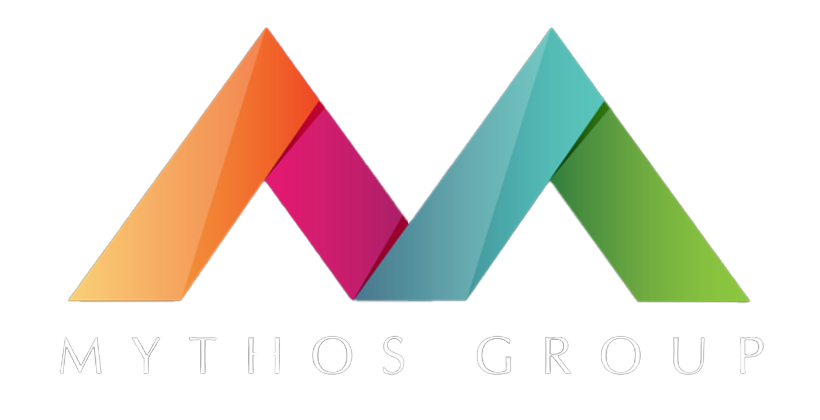It is probably no surprise to hear that extensive research has predicted that remote and hybrid working arrangements will become standard in the coming years. According to a recent press release put out by Gartner, it’s currently forecasted that 39% of all global knowledge workers will work in some type of hybrid model by the end of 2023. That number’s up 2% from 2022 and the percentage goes up to 51% for knowledge workers in the U.S.
Ranjit Atwal, the Senior Director Analyst at Gartner, sums it up by saying, “Hybrid is no longer just an employee perk but an employee expectation. Many employees started to partially return to the office in 2022, but the hybrid workstyle will remain prominent in 2023 and beyond. To adapt, employers have been implementing a human-centric work design – including flexibility, intentional collaboration and empathy-based management – which suits hybrid employees.”
As a result of the strong employee preference for flexibility and a better work-life balance, hybrid work has become a popular option (and oftentimes the only option) for companies trying to thread the needle between worker demands for remote work and company demands for in-office work. While the impact of remote work on mental health is still under evaluation, initial reports reveal that flexibility produces increased worker happiness and higher productivity.
A Clockify blog post from June of 2022 cited studies that show as high as 70% to 90% of employees feel distracted at the office with up to 56 disruptions counted during the day. The same studies show that it can take almost two hours for an employee to refocus their attention after suffering a distraction. Unsurprisingly, these distractions directly affect workers’ productivity.
Not only do workers feel distracted and unproductive in the office, but they also feel uncomfortable in unfamiliar surroundings and worry about the risk of viral spread due to the lack of virus prevention protocols in place. Less commuting to and from offices on public transportation also cuts down on virus transmission while decreased commuting in cars cuts down on carbon emissions and costs associated with gas and automobile maintenance.
The increased productivity and lower costs from hybrid work have financial advantages for both employees and employers. An anecdote cited by Forbes tells of a mid-size IT services company who was able to reduce their office space costs by 30% which saved the company $1.2 million per year. Think of where your bottom line would be with a 30% reduction in operational expenses. For any organization, the difference is likely to be significant.
Talent acquisition also stands to benefit from offering a hybrid work model. The newest statistics available show that up to 55% of workers want to work remotely at least three days a week and 44% of U.S. workers prefer a hybrid work model. When it comes to searching for a job, 59% of employees say that they’re more likely to accept an offer from an employer who offers remote and flexible work options. Because of the popularity of remote and hybrid work, it’s estimated that 74% of U.S. companies are currently using or plan to use hybrid work models in 2023.
While we believe that the positives of hybrid work outweigh the negatives, there are some negatives that are worth noting. Take, for instance, security. Working from home part or full time escalates the security risk associated with widely distributing information through a vast network of devices. Additionally, remote workers can attest that it’s harder to engage with employees and feel connected to company culture. And, while most employees report greater productivity when they work from home, it remains a challenge for managers to know exactly how much work each individual worker is putting in on any given day.
Hub-and-spoke office models can help alleviate some of these headaches. A hub-and-spoke model is when an organization has a main office campus as well as satellite campuses in the areas where their employees live. In an effort to improve data management and data security, the Department of Energy recently released an initial proposal to establish what it calls the High Performance Data Facility which would serve as its hub and then other shared data would be located at one of its high-performance computing (HPC) labs that would be connected by spokes. When security of data matters, it’s important to keep data as local as possible.
The economy has slowed in recent months, and employers are finding that they’ve gained bargaining power when it comes to talent acquisition. The Bureau of Labor Statistics recently found that between August 1, 2022 and September 30, 2022 only 27.5% of private-sector organizations allowed their workers to work from home. While this number seems high, it doesn’t take into account public companies, government agencies and those who freelance or are self-employed.
A more telling statistic comes from Kastle Systems, a company that deploys the card-swipe security machines that most workers must utilize when they enter into an office building for work. In an interview for CNN Business, Kastle Systems said that their average weekly office occupancy rate at the end of March, 2023 was at 49% of levels before the pandemic. That means half of workers are still not coming into the office. A survey done in February of 2023 by the Pew Research Center similarly found that 41% of workers who have jobs that can be done remotely are working some type of hybrid schedule. That number is up from 35% year over year.
While remote and hybrid working has both benefits and drawbacks, there’s no denying it will continue to grow in the future. To remain competitive, companies should continue focusing their efforts on building hybrid workspaces that meet the needs of both administration and employees. Enticing employees to come back to the office is not a one-size-fits-all proposition, and it’s important to figure out exactly what it is that you can offer your employees at the office that would make it more attractive than working from home. With proper understanding and preparation, hybrid work can be the most pragmatic, inclusive and accommodating work model solution.
Are you looking to transition your organization to a new work model? If so, contact us. We can help facilitate a seamless transformation.







